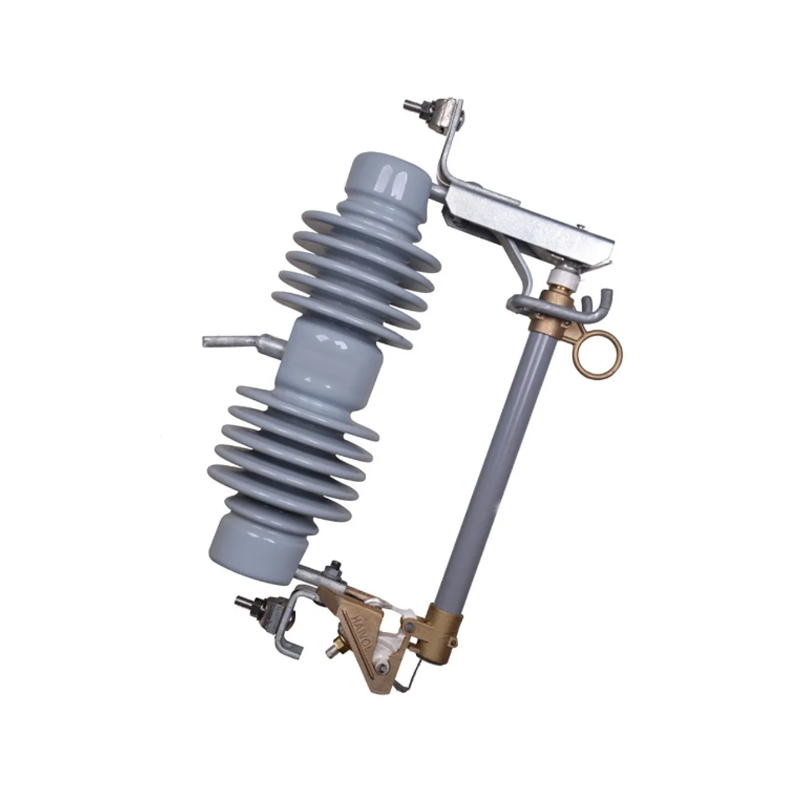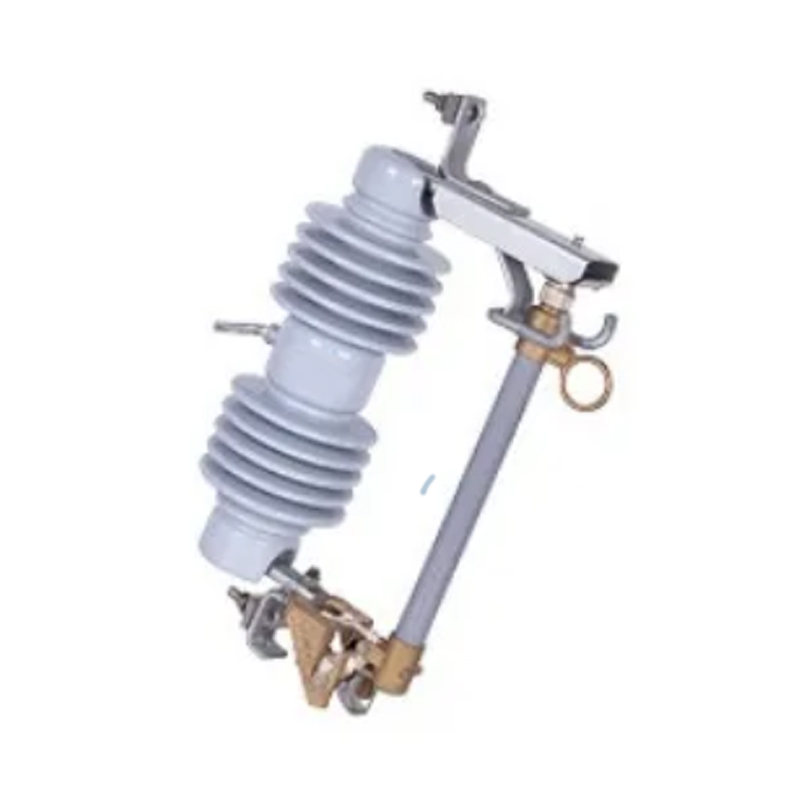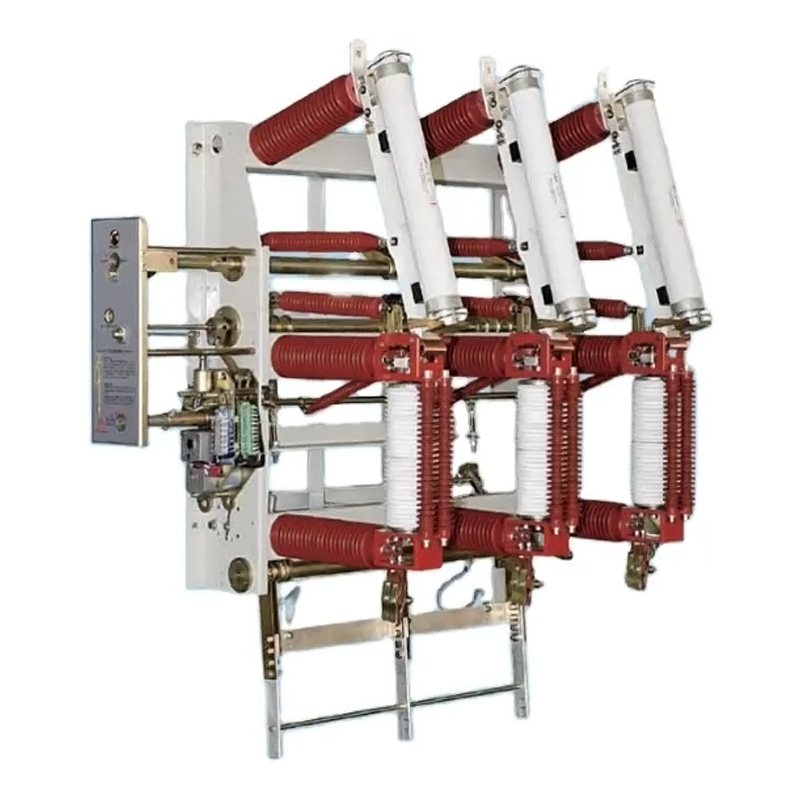Electrical systems are an integral part of modern infrastructure, providing power to homes, businesses, and industries. However, these systems are susceptible to voltage surges, which can cause significant damage to equipment and pose safety risks. To mitigate these risks, surge arresters play a crucial role in protecting electrical systems from the destructive effects of lightning and other transient voltages.
Surge arresters are devices designed to protect electrical systems from overvoltages caused by lightning strikes or other electrical disturbances. They are typically installed at strategic points in the system to divert the surge energy away from sensitive equipment. The primary function of a surge arrester is to clamp the transient voltage to a safe level, thereby preventing damage to the system.
There are several types of surge arresters, each with its own unique characteristics and applications. The three main types are:
1. Double Pole Surge Arrester: This type of surge arrester is designed to protect both the live and neutral poles of an electrical system. It is commonly used in high-voltage transmission and distribution systems where the risk of voltage surges is high.
2. Electric Lightning Arrester: Also known as a lightning arrester, this device is specifically designed to protect against the high voltage surges caused by lightning strikes. It is typically installed at the point of entry of the electrical system to prevent the surge from entering and damaging the system.
3. Gas Tube Arrester: This type of surge arrester uses a gas-filled tube as the main component to absorb and dissipate the surge energy. Gas tube arresters are known for their fast response time and are often used in sensitive electronic equipment to protect against transient voltages.
Surge arresters are essential for the safe and reliable operation of electrical systems. They provide several key benefits:
1. Protection of Equipment: Surge arresters protect electrical equipment from damage caused by voltage surges, extending the life of the equipment and reducing maintenance costs.
2. Safety: By preventing voltage surges from entering the system, surge arresters help to ensure the safety of both personnel and the public.
3. System Reliability: The presence of surge arresters helps to maintain the reliability of the electrical system, reducing the risk of power outages and service interruptions.
Proper installation and maintenance of surge arresters are critical to their effectiveness. It is important to:
1. Install surge arresters at strategic points in the electrical system, such as at the point of entry and near sensitive equipment.
2. Regularly inspect and test surge arresters to ensure they are functioning correctly and are not damaged.
3. Replace surge arresters that have been subjected to a significant surge event, as they may have absorbed the energy and may no longer be effective.
As technology advances, so too does the development of surge arrester technology. Future developments may include:
1. Improved materials and designs that offer better surge protection and longer service life.
2. Smart surge arresters that can communicate with the electrical system to provide real-time monitoring and diagnostics.
3. Integration with other electrical system components to provide a more holistic approach to surge protection.
Surge arresters are a vital component of electrical systems, providing protection against the damaging effects of voltage surges. With the continued development of new technologies and materials, the future of surge arresters looks promising, with the potential for even more effective and reliable protection.



 English
English русский
русский عربى
عربى










